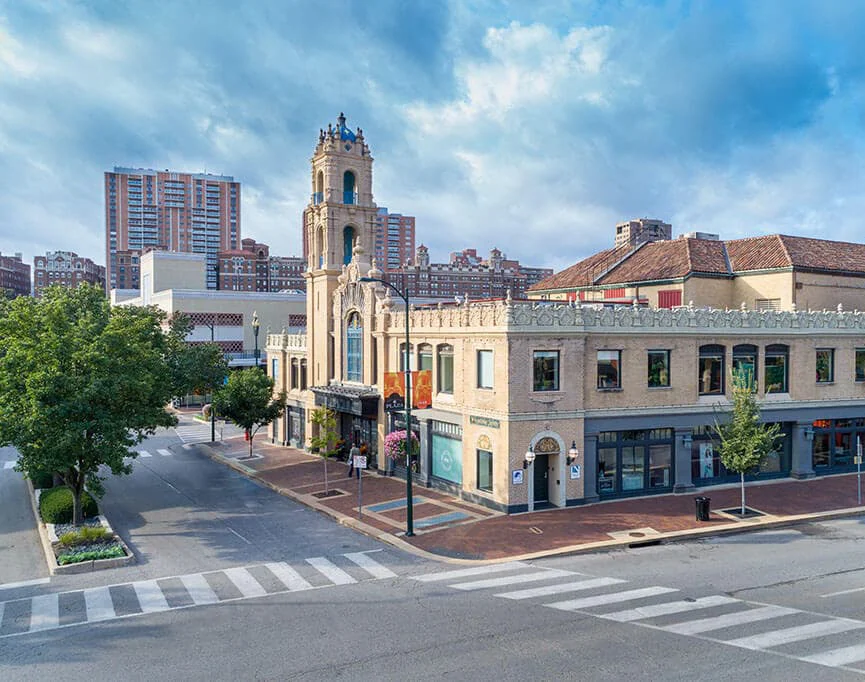Applying Slip-and-Fall Liability to Different Property Types
Slip-and-fall liability may seem fairly straightforward: someone slips, falls, is injured, and then sues. Yet there is actually a lot more to these types of Kansas City liability claims. Every misstep on a slippery surface does not warrant legal action. It may, therefore, help many to avoid any undue stress or concern by understanding which if these situations may merit legal action.
Slips and falls can occur anywhere, yet for legal purposes, accidents typically must be listed as occurring on either residential, commercial or government properties. While each property type has unique restrictions related to liability, generally one needs to prove one of the following basic elements in order to pursue a liability claim:
- A property owner created a fall hazard
- A property owner knew of a fall hazard yet did nothing to fix it
- A hazard existed long enough that the property owner should have known about it
In the case of residential properties, it must also typically be shown that fixing the hazard would not have been difficult or costly. Liability in commercial property cases can sometimes be assigned to multiple parties (e.g., a property owner and an employee). Sovereign immunity technically protects government agencies against liability for accidents that occur on properties they own. However, many states have waived their right to this protection (Missouri is one of them).
It should be noted, however, that given that Missouri now follows the comparative fault model when assigning liability, the ability to bring action against property owners may be limited due to the degree accident victims contributed to their own incidents. Per the state’s Supreme Court, if one could have seen a hazard and taken steps to avoid it, his or her claim may be hindered.
Frequently Asked Questions
